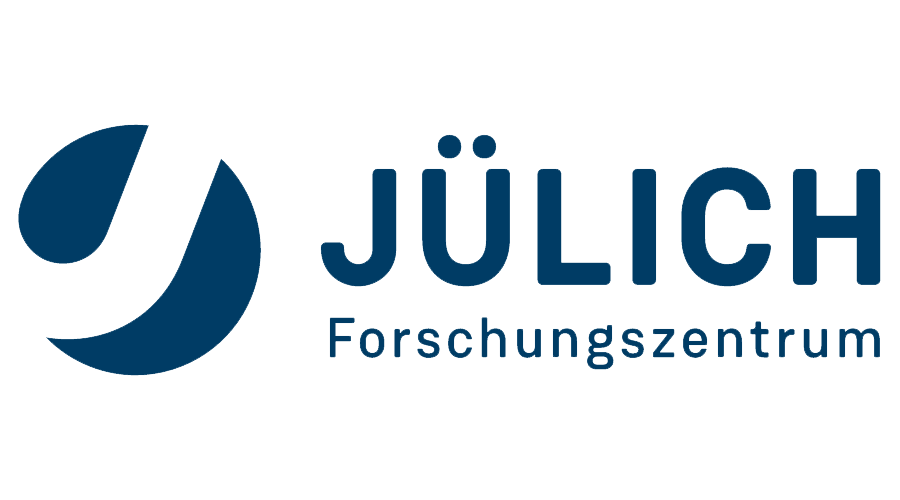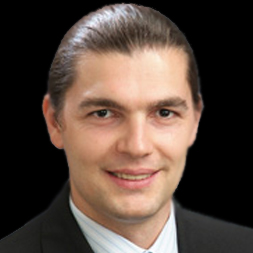Forschungszentrum Jülich
Forschungszentrum Jülich
Forschungszentrum Jülich (FZ-JUELICH) is one of Europe’s largest interdisciplinary research centres. The scientific mission of FZ-Juelich is based on an extensive expertise in natural sciences that contributes to solving grand challenges of science and society in fields like information and information technology. Using world-class tools, internal and external scientist conduct their work at FZ-Juelich by means of simulation with supercomputers, unique analytical and characterization equipment, imaging techniques for nanotechnology. These modern instruments allow science to break through to new horizons of knowledge. The proposal SOGraphMEM matches perfectly to the Programme Future Information Technology (FIT), which is conducted in Peter Grünberg Institute (PGI) in close cooperation with the Institute for Advanced Simulation (IAS).
The institute Quantum Theory of Materials (PGI-1/IAS-1) has a long track record in the application of density functional and atomistic methods to describe properties and processes of complex multifunctional materials and low-dimensional solid-state systems from the electronic structure with a recent focus
on spin-orbitronics, i.e. spin-orbit related phenomena in 2D materials such as skyrmions, spin-orbit torque, spin and orbital Rashba effect, spin-dependent Hall effect due magnetic textures. It assists in the analyses of experimental results and suggests materials and functionalities related to them.
FZ-JUELICH Group

JUELICH will lead the theory focusing onto the modelling of SO phenomena at interfaces and of the SOgraphMEM systems as a whole. We perform SO dependent first-principles calculations using our FLEUR code to determine the electronic structure of these systems and determine the Rashba effect. Total energy spin-spiral calculations provide atomistic and micromagnetic interaction parameters that are used in atomistic and micromagnetic models to calculate the structural, dynamical and stability properties of larger magnetization textures such as skyrmions. For the latter we use the atomistic spin-dynamics code SPIRIT. The micromagnetic parameters go to UMPHY and IMDEA, which will perform micromagnetic simulations. Expressing the electronic structure in the Wannier basis, we optimize the interfaces with respect to transport properties.
Focus is on the SOT in the linear response theory. We calculate the systems also in a capacitor model, where the
interfaces are modelled by film of finite thickness to which an external electric field is applied. Based on its
fundamental theoretical contributions, is estimated at the end of project.

Prof. Dr. Stefan Blügel
Principal investigator.

Prof. Dr. Yuriy Mokrousov
Co-investigator.

Dr. Gustav Bihlmayer
Co-investigator.

Dr. Nicolae Atodiresei
Co-investigator.

